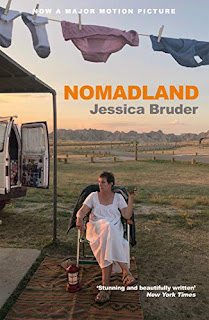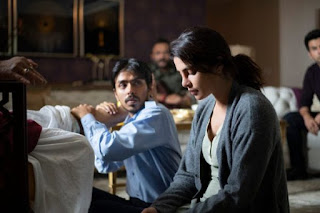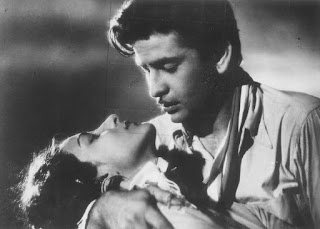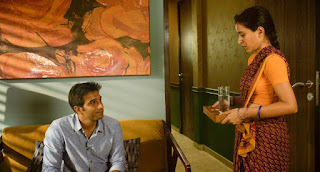
Jottings - Slice of life - 443 ( Nomadland - Director Chloe Zhao’s rich, meaningful, and visually beautiful meditation on life. Nominated in six categories for the 2021 Academy awards) ( Note - Keeping in mind the possibility that readers may not have seen this movie yet, I have deliberately avoided writing too much about the story, except for laying out the bare contours required to set the context of this essay) The word Nomad is derived from the Greek root “Nomas” — a wandering shepherd, someone who lives their life in seasonal patterns, never grazing the same pasture, but moving on in search of fresh verdure, meaning, and sustenance. To a nomad, life is not a destination, but a ceaseless journey without any permanent possessions, except the bare minimum to live. In Indian religious literature, there is an equivalent, and more beautiful sounding word, to describe this fluid state of living. It is “Parivrajaka” — the wandering ascetic mendicant; the bird that is ever on the mo



